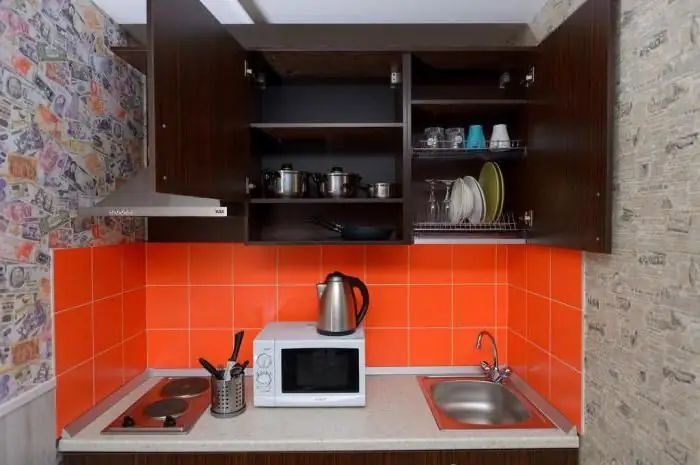- Author Harold Hamphrey [email protected].
- Public 2023-12-17 10:06.
- Last modified 2025-01-24 11:10.
The metro station "B altiyskaya" is located on the red line of the St. Petersburg metro. Like all metros in Leningrad, it was opened in 1955. This is the most beautiful station of the Soviet era, crowned with portraits of the great Russian admirals of the B altic Sea. Today it is deservedly a historical landmark of the city.

Red Branch
Red Kirovsko-Vyborgskaya line of the St. Petersburg metro is the first line of the St. Petersburg metro. It was opened in 1955 and initially united all the Leningrad stations of the city. The red color was a symbol of that time, communist Russia liked to paint great events in scarlet color.

The length of the red line is about 30 km. Metro "B altiyskaya" is located between the Technological Institute and Narvskaya station. She, along with the stations "Ploshchad Vosstaniya", "Vladimirskaya", "Pushkinskaya", "Technological Institute", "Narvskaya", "Kirovskiy Zavod" and"Avtovo", were built in the style of Soviet classicism. Then the spirit of the era, the scale, the complexity of architectural decorations and considerable funds were invested in the metro. Due to these circumstances, all the above stations of the red line became part of the cultural heritage of St. Petersburg.
History of the station
Metro "B altic" was built with an exit at the B altic station. This is a massive building in a classical style. The architecture of the station is crowned with marble columns and bas-reliefs of Russian admirals. Naval commanders: Ushakov, Lazarev, Kornilov, Makarov and Nakhimov are forever imprinted in the history of the fleet and St. Petersburg.
In 2015, the station was completely renovated and reconstructed. This massive renovation has preserved and improved the unique architecture of the Soviet era.
St. Metro "B altiyskaya" is about 40 m deep, which makes it one of the deepest stations in the city.
The station was designed by architect Benois, its name speaks for itself. The idea is dedicated to the B altic Fleet and its outstanding naval commanders. In this regard, at the station you can find many marine attributes, anchors and stars. Florentine-style mosaics adorn the main wall of the central metro hall. A panel of colored pieces of marble depicts revolutionary sailors and workers, with the cruiser Aurora flaunting in the background.

Interestingly, initially the B altiyskaya Metro station wanted to portray the leader of the country of Soviets, Stalin, but the project was canceled.
B altic Station
In 1857, the first train left the B altic Station (then Peterhof). And in 1972 it got its present name. From the station you can go to the suburbs of St. Petersburg: Peterhof, Gatchina, Krasnoe Selo. The station building itself has been completed and reconstructed over the years of its existence. Today it has reached the maximum point of comfort. Light, spacious, with signs in two languages and wide aisles, electronic ticket offices, it gives passengers the opportunity not to get confused and to catch their train on time. Also, the vestibule of the metro station "B altiyskaya" was attached to the station, which further improved the passability of passenger traffic.
Sights around
In addition to the B altiysky railway station, which is an attraction in itself, within walking distance from the St. Petersburg metro station "B altiyskaya" there is a museum of railway station technology. This collection of old railway vehicles, as well as a visual aid to the work of the railway station, will be of interest to all lovers of rare vehicles.

Also, not far from the B altiyskaya metro station on the embankment of the Obvodny Canal, there is the Church of the Resurrection of Christ, built in the early 20th century. This neat church with two chapels is today a cultural heritage site. Unfortunately, the temple is now being restored, and its doors are closed to parishioners.
On Dekabristov Street, 57, you can visit Blok's apartment-museum where he lived for 9 years.






